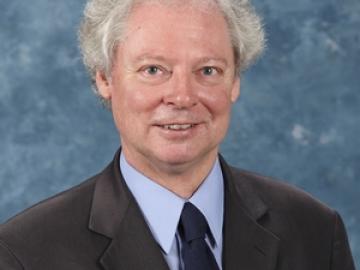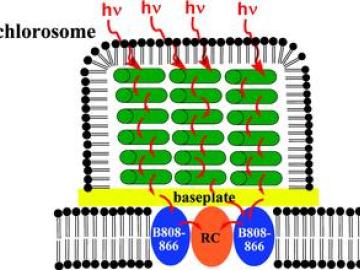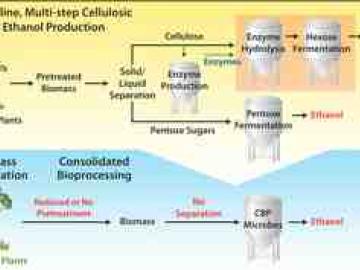
Updated software improves slicing for large-format 3D printing







In the quest for inexpensive biofuels, cellulose proved no match for a bioprocessing strategy and genetically engineered microbe developed by researchers at the Department of Energy's BioEnergy Science Center.




